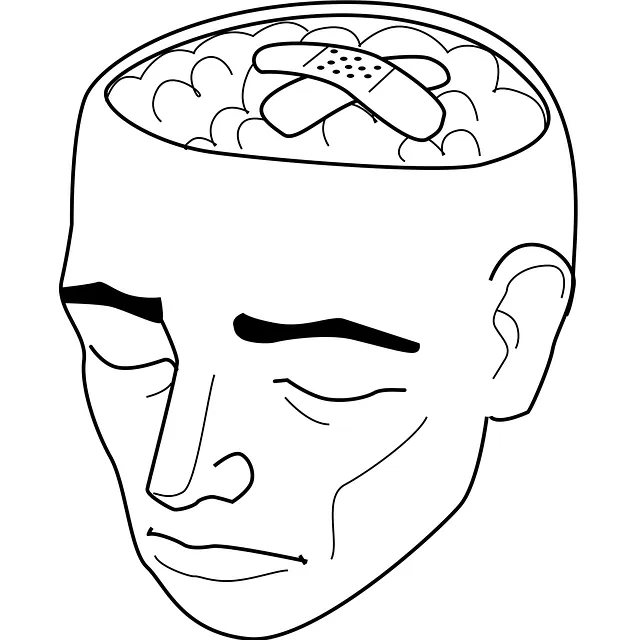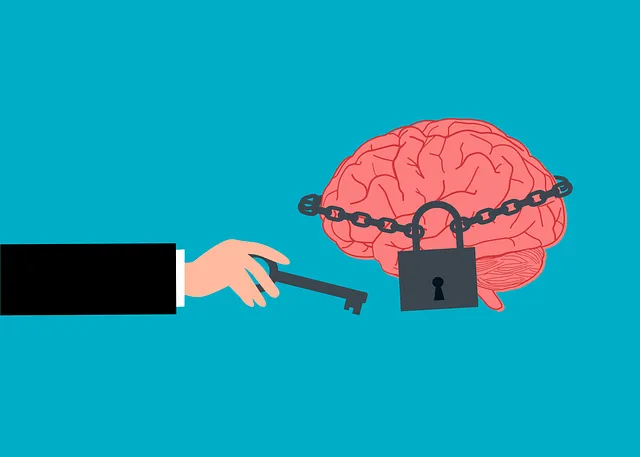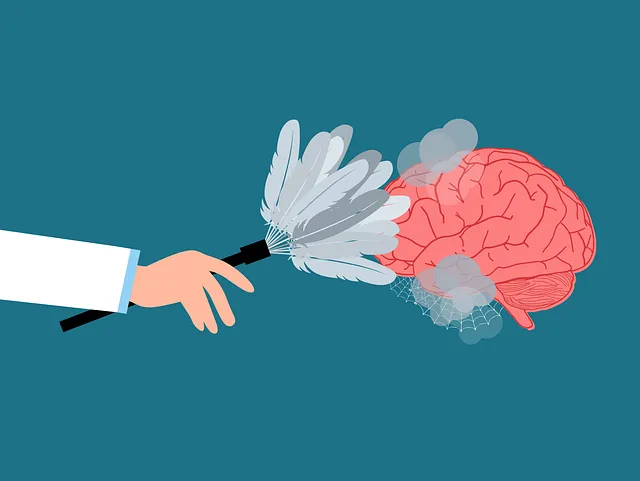The Golden Kaiser Permanente mental health center, led by a dedicated team, prioritizes safety and well-being through comprehensive risk assessment and harm minimization planning. By identifying potential hazards like client demographics and mental health history, they develop dynamic strategies focusing on empowering individuals with coping skills and Mind Over Matter principles. This proactive approach, highlighted in Mental Health Policy Analysis and Advocacy studies, addresses burnout among healthcare providers while enhancing client well-being through holistic care delivery.
“Risk assessment and harm minimization planning are vital strategies for any organization, especially those in the mental health sector. This comprehensive guide delves into the essential practices, focusing on the role of the Golden Kaiser Permanente Mental Health Center as a leader in implementing effective strategies. By understanding risk assessment, organizations can proactively identify potential harms and develop tailored plans to mitigate their impact. We explore key components for a successful plan, offering valuable insights for mental health centers aiming to create safer environments.”
- Understanding Risk Assessment and Harm Minimization Planning: A Comprehensive Guide
- The Role of the Golden Kaiser Permanente Mental Health Center by Owner in Implementing Effective Strategies
- Key Components of a Successful Risk Assessment and Harm Minimization Plan
Understanding Risk Assessment and Harm Minimization Planning: A Comprehensive Guide

Risk assessment and harm minimization planning are essential components of ensuring a safe and supportive environment, especially in mental health settings like the Golden Kaiser Permanente mental health center by owner. This comprehensive guide aims to equip professionals with the knowledge to navigate complex situations effectively. By implementing robust risk assessment strategies, mental health practitioners can proactively identify potential hazards and mitigate risks, fostering an atmosphere that promotes healing and growth for clients.
A critical aspect of this process involves the development of coping skills and inner strength among individuals seeking support. Risk assessment for mental health professionals enables them to tailor interventions, offering personalized strategies to enhance resilience and coping mechanisms. Through meticulous planning, professionals can anticipate, address, and prevent potential harm, ensuring that clients receive the highest level of care while fostering a culture of safety and well-being.
The Role of the Golden Kaiser Permanente Mental Health Center by Owner in Implementing Effective Strategies

The Golden Kaiser Permanente Mental Health Center, owned and operated by a dedicated team, plays a pivotal role in implementing effective harm minimization strategies within its community. By prioritizing mental wellness, the center aims to foster a supportive environment for both healthcare providers and patients. This proactive approach acknowledges the growing importance of burnout prevention among medical professionals, as highlighted in numerous Mental Health Policy Analysis and Advocacy studies.
Through organized Stress Management Workshops, the center empowers staff with essential tools to navigate demanding situations. These workshops not only enhance coping mechanisms but also foster a culture of open communication, enabling early identification and intervention for at-risk individuals. By embracing such initiatives, the Golden Kaiser Permanente Mental Health Center demonstrates its commitment to holistic healthcare, ensuring providers can deliver optimal patient care while maintaining their well-being.
Key Components of a Successful Risk Assessment and Harm Minimization Plan

A successful risk assessment and harm minimization plan, like those implemented at the renowned Golden Kaiser Permanente mental health center by its owner, hinges on several key components. Firstly, a comprehensive risk assessment involves meticulously identifying potential hazards and their likelihood of occurrence. This includes evaluating factors such as client demographics, history of mental health issues, and environmental risks specific to the facility, like noise levels or lighting.
Secondly, a robust harm minimization strategy translates the risk assessment into actionable steps. It incorporates Mind Over Matter Principles to empower individuals with coping mechanisms and self-esteem improvement techniques, thereby boosting confidence. This proactive approach ensures that even in high-risk situations, appropriate interventions are readily available. Additionally, regular reviews and updates ensure the plan remains dynamic and relevant, addressing emerging challenges while optimizing the overall well-being of clients, adhering to best practices for mental health care delivery.
Risk assessment and harm minimization planning are vital components for any organization, especially those in the healthcare sector like the Golden Kaiser Permanente Mental Health Center. By implementing effective strategies, as outlined in this comprehensive guide, centers can create a safe environment and enhance patient care. The key lies in understanding the unique risks, involving all stakeholders, and developing tailored plans that align with best practices, ensuring a proactive approach to risk management for optimal patient outcomes.


